Goods and Services Tax (GST), implemented on July 1, 2017, is one of the most significant tax reforms in India’s history. It replaced a complex web of indirect taxes previously levied by the central and state governments, bringing uniformity and transparency to the taxation system. GST is a destination-based tax levied on the supply of goods and services, structured across multiple GST rate slabs—0%, 5%, 12%, 18%, and 28%—depending on the nature and usage of the item or service.
In this blog post, we take a closer look at the GST rate applicable to everyday goods and commonly used services—such as bread, cakes, chocolates, stationery, and medicines—as well as the implications of GST on the import of services. Whether you’re a consumer, business owner, or just trying to understand how the GST rate affects your expenses, this guide will break it down in a simple and practical way.
GST Rate on Bread
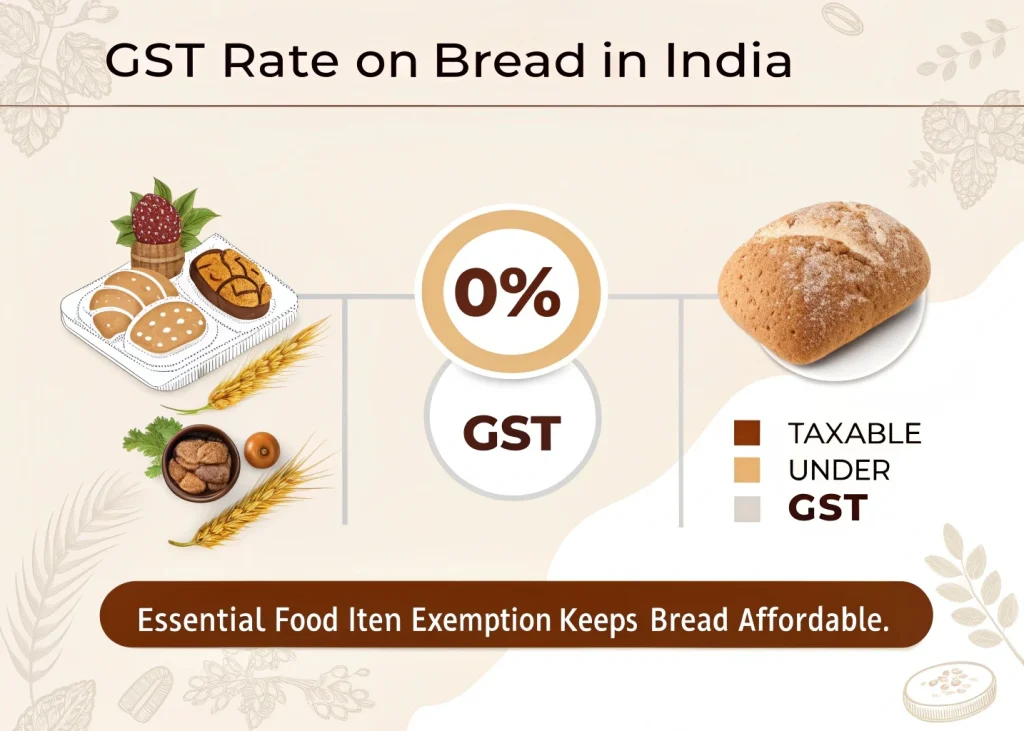
Bread is considered a basic essential food item and is therefore exempt from GST. As per current GST guidelines:
- Unbranded or commonly sold bread (without any added flavoring or packaging as a luxury item) is taxed at 0% GST.
- However, specialty breads or those with added ingredients like dry fruits, sugar, or chocolate may fall under taxable categories, depending on composition and branding.
This exemption helps keep essential food affordable for the general public.
GST Rate on Cake
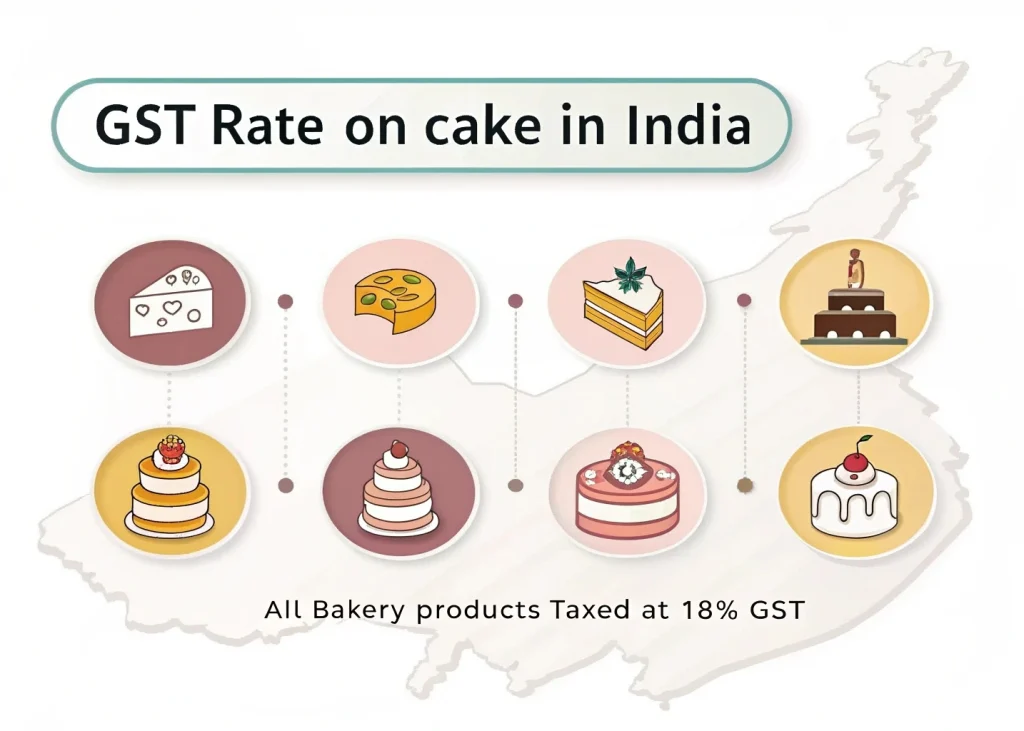
Unlike bread, cakes are considered bakery products but not essential food items, and hence they are taxed under GST. Here’s the applicable rate:
- All types of cakes (including birthday cakes, pastries, and designer cakes) attract a GST rate of 18% under the category of prepared food products.
Whether purchased from a bakery or a restaurant, the 18% GST is applicable at the point of sale. This rate applies uniformly across branded and non-branded cakes.
Explore our online programs to become future-ready
Transform your career with industry-aligned courses designed by experts.
GST Rate on Chocolates
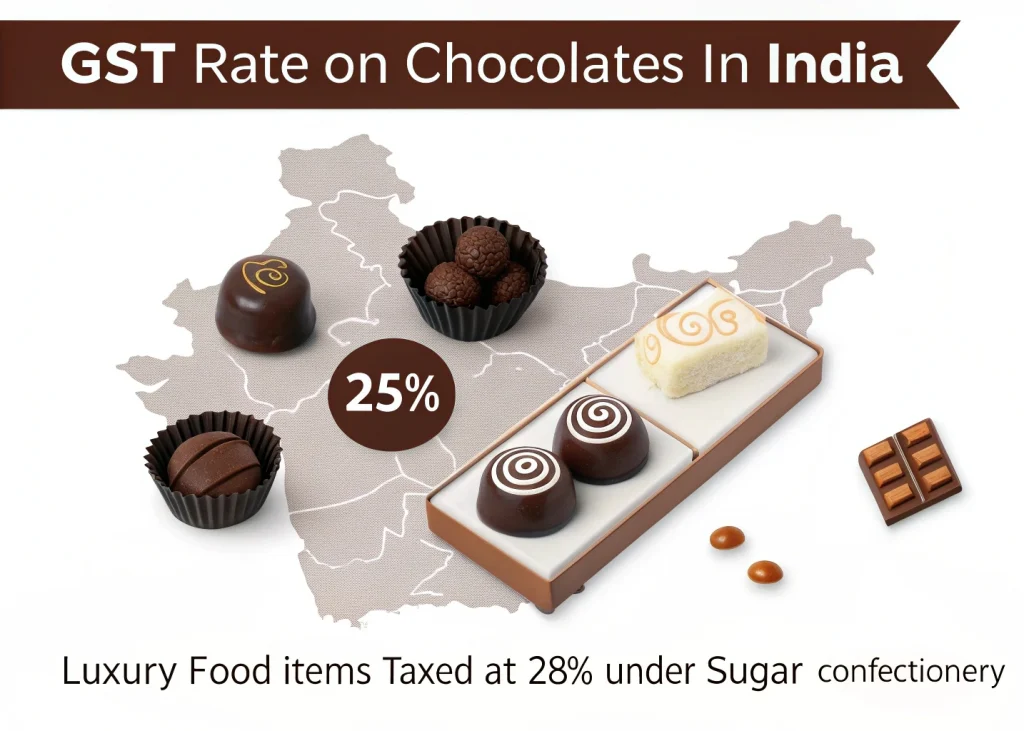
Chocolates are classified as luxury or non-essential food items under the GST framework, and therefore attract a higher tax rate.
- All types of chocolates, including dark, milk, white, or filled chocolates, are taxed at 28% GST.
- This high rate is due to their categorization under “sugar confectionery” and luxury consumables.
It’s important to note that chocolate-containing products (like chocolate-coated wafers or candies) may also fall under this 28% bracket, depending on their composition and packaging.
Also Read: New Amendments on GST in 2025!
GST on Import of Services
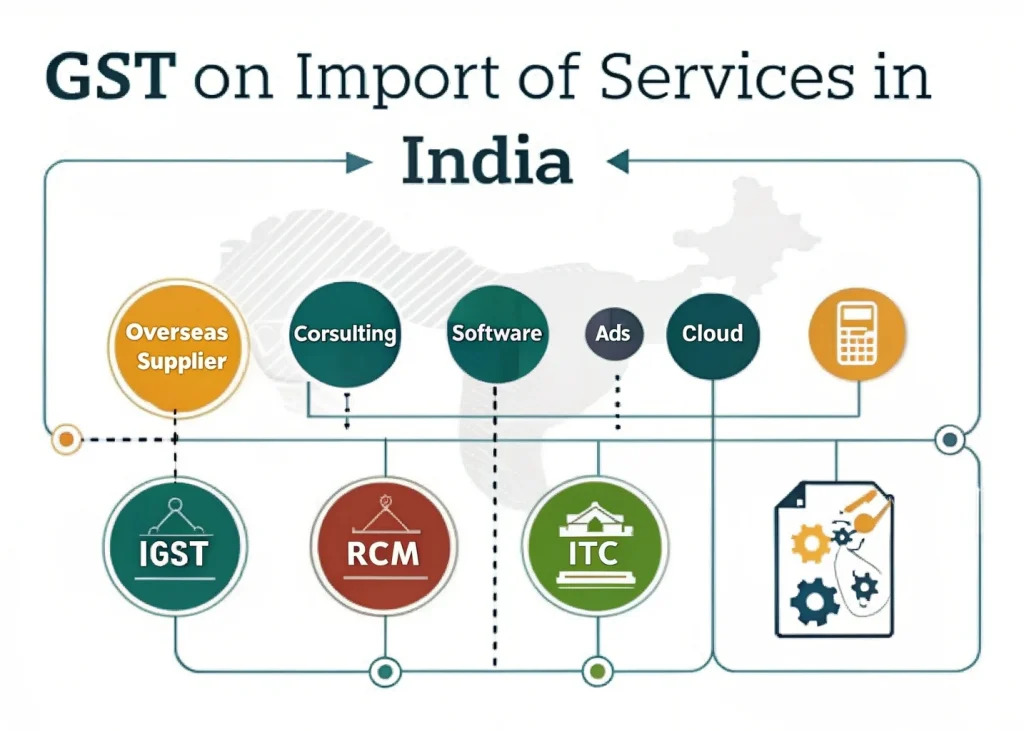
When services are brought into India, they are considered a taxable product under GST, even if no money changes hands. When you buy services from a company in another country, like advice, software development, advertising, or cloud hosting, you have to pay Integrated GST (IGST) and follow the rules of the Reverse Charge Mechanism (RCM).
Rate for the Integrated GST (IGST)
The IGST rate on imported services is the same as the rate on domestic services of the same type (18%, 12%, or 5%, based on the service classification).
Reverse Charge Mechanism (RCM)
The Indian recipient, not the foreign seller, must charge and send IGST under RCM. This means that you figure out the IGST based on the amount of your payment and pay it right away through your electronic cash ledger, even if the supplier in India hasn’t signed up for GST.
Getting the Input Tax Credit (ITC)
If you are eligible, you can claim IGST as ITC in your monthly reports once it has been paid under RCM. Make sure you keep up:
The foreign supplier’s bill that lists the services provided and how much they cost.
Proof of payment (records of payment sent by bank).
Any self-invoices you’ve sent in the manner required.
For example, an Indian business pays a U.S. software company $10,000 to make an app. The startup charges itself 18% IGST, which comes to ₹1,44,000 based on an assumed USD80 exchange rate. It pays this under RCM and then claims this ₹1,44,000 as ITC in its GSTR-3B, which lowers its total tax bill.
GST on Stationery Items
Stationery items fall under different GST rate slabs depending on the type and usage of the product. Here’s a breakdown:
- Exercise books, notebooks, and paper – 12% GST
- Pens, pencils, erasers, sharpeners, rulers – 18% GST
- Printed books (educational or general reading) – Exempt from GST
- Office stationery like files, folders, staplers, etc. – Typically 18% GST
The classification is based on HSN codes, and rates can vary slightly based on specific product features or brand value.
GST on Medicines in India
Medicines and pharmaceutical products are essential items and attract concessional GST rates to ensure affordability and accessibility. The rates vary based on the type and purpose of the medicine:
- Essential life-saving drugs (e.g., insulin, vaccines, antiretrovirals) – 5% GST
- General medicines and formulations – 12% GST
- Medical devices and health supplements – Usually taxed at 12% or 18%, depending on classification
GST helps streamline the supply chain in the pharmaceutical sector, and registered dealers can claim Input Tax Credit (ITC), which benefits manufacturers and distributors.
You will get complete indept details about gst in the official website of government!
Conclusion
Understanding GST rates is essential for both consumers and businesses, as it directly affects pricing, budgeting, and compliance. Here are the key takeaways from this guide:
- Essential items like bread and life-saving medicines are either exempt or taxed at low rates (0%–5%) to keep them affordable.
- Luxury or non-essential items like chocolates and cakes attract higher GST rates (18%–28%).
- Services imported into India are taxable under the Reverse Charge Mechanism, with IGST applied.
- Stationery and medical items fall into mid-range slabs (12%–18%), depending on their type and use.
By staying informed about GST classifications and rates, consumers can make smarter purchasing decisions, and businesses can ensure proper compliance and accurate pricing.

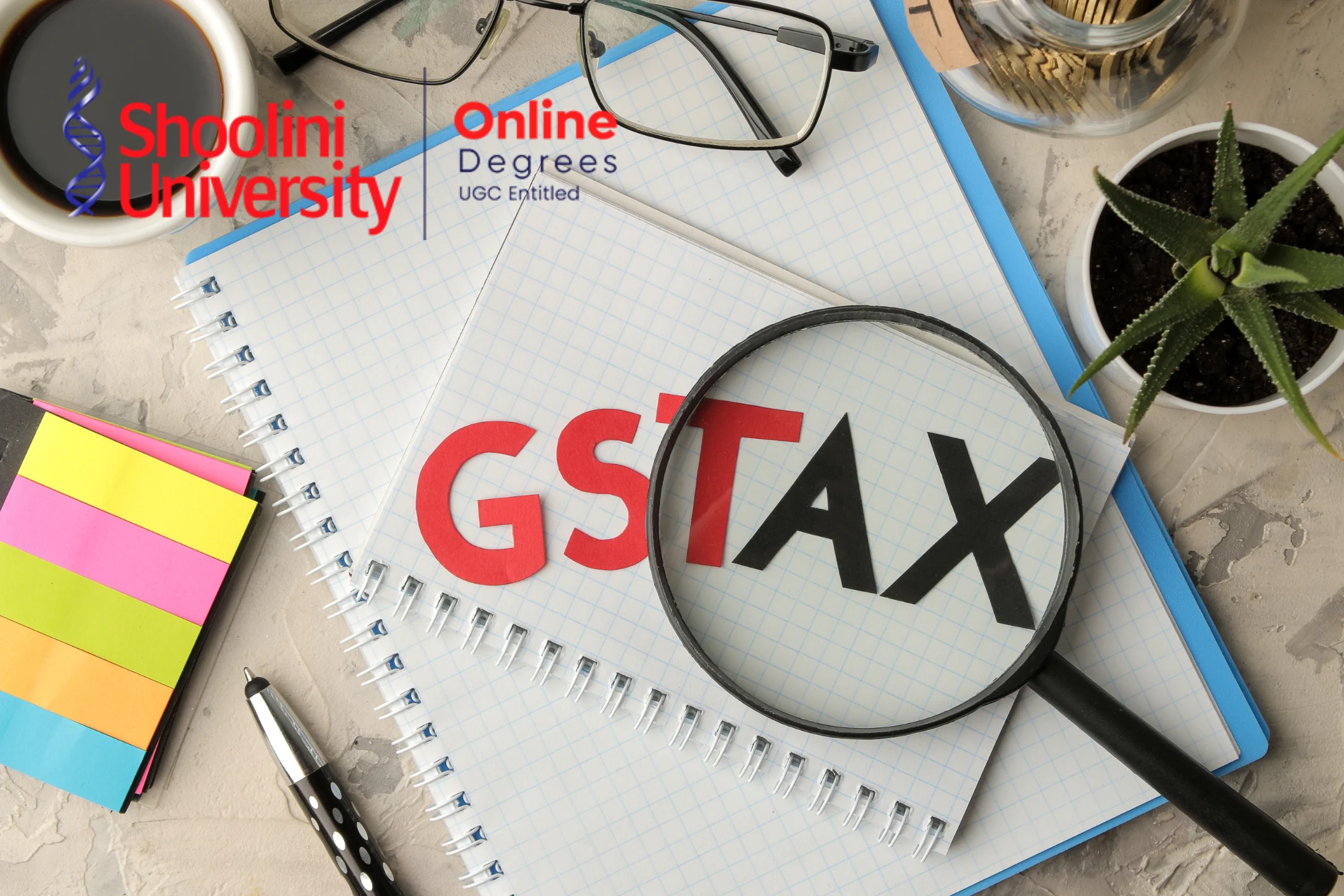
Leave a Reply